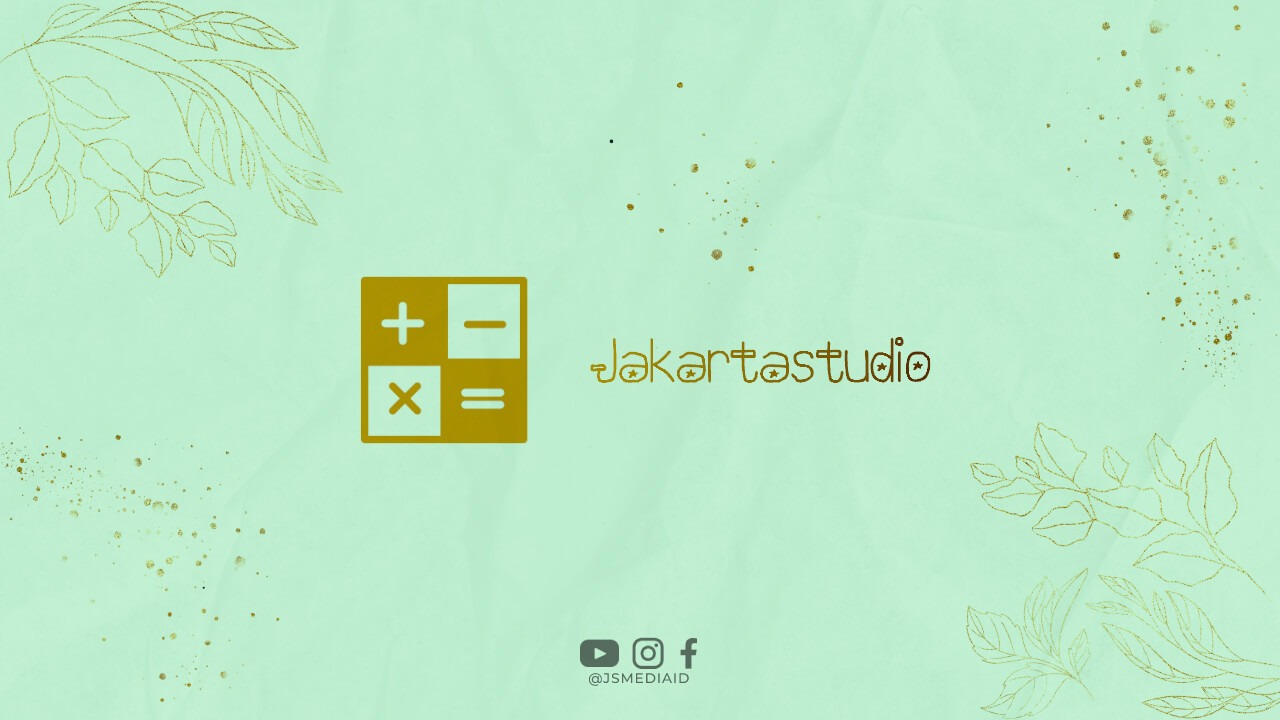Introduction
Comerica Bank, a leading commercial bank, plays a crucial role in the economy by creating money through various financial activities. In this article, we will explore how Comerica and similar banks generate new money, contributing to the overall monetary system.
1. Accepting Deposits
One way Comerica creates money is by accepting deposits from individuals, businesses, and other entities. When customers deposit their money into their accounts, it increases the bank’s overall reserves and allows them to lend a portion of those funds to borrowers.
2. Extending Loans
By extending loans, Comerica generates new money. When a customer applies for a loan and gets approved, the bank creates new funds by crediting the borrower’s account. This newly created money can then be spent or used for various purposes, fueling economic activity.
3. Fractional Reserve Banking
Like most commercial banks, Comerica operates under the fractional reserve banking system. This means that they are only required to hold a fraction of the total deposits as reserves, while the rest can be lent out. This practice allows banks to create money by effectively multiplying the initial deposits through lending.
4. Multiplying the Money Supply
When Comerica lends out the funds deposited by customers, it effectively multiplies the money supply in the economy. For example, if a customer deposits $1000 and the bank has a reserve requirement of 10%, Comerica can lend out $900 while keeping $100 as reserves. This $900 loan enters circulation and becomes part of the money supply.
5. Charging Interest on Loans
One of the ways Comerica and other banks generate revenue is by charging interest on the loans they provide. The interest charged on loans is higher than the interest paid on deposits, allowing the bank to earn a profit. This profit further contributes to the bank’s ability to create and lend more money.
6. Investing in Assets
Commercial banks like Comerica also create money by investing in various assets such as government bonds, corporate bonds, and other financial instruments. These investments generate returns, which can be used to create additional money and support lending activities.
7. Providing Credit Lines
In addition to traditional loans, Comerica offers credit lines to individuals and businesses. Credit lines provide access to a predetermined amount of money that can be borrowed as needed. By extending credit lines, the bank creates a potential source of new money that borrowers can tap into when required.
8. Facilitating Transactions
As a commercial bank, Comerica also facilitates various transactions, such as electronic fund transfers, wire transfers, and issuing checks. These services allow money to move more efficiently within the economy, promoting economic growth and contributing to the overall money supply.
9. Participating in Monetary Policy
Commercial banks like Comerica play a role in implementing monetary policy set by central banks. By adjusting interest rates, reserve requirements, and other policy tools, central banks influence the lending and money creation activities of commercial banks. Comerica follows these policies to maintain stability in the monetary system.
10. Engaging in Foreign Exchange
As an international bank, Comerica engages in foreign exchange activities. This involves buying and selling different currencies, which can impact the money supply in both domestic and global markets. By participating in foreign exchange, Comerica contributes to the creation and circulation of money.
Conclusion
Comerica, like other commercial banks, creates money through activities such as accepting deposits, extending loans, engaging in fractional reserve banking, and investing in assets. By providing essential financial services and promoting economic growth, banks like Comerica contribute to the overall money supply and play a vital role in the functioning of the economy.

